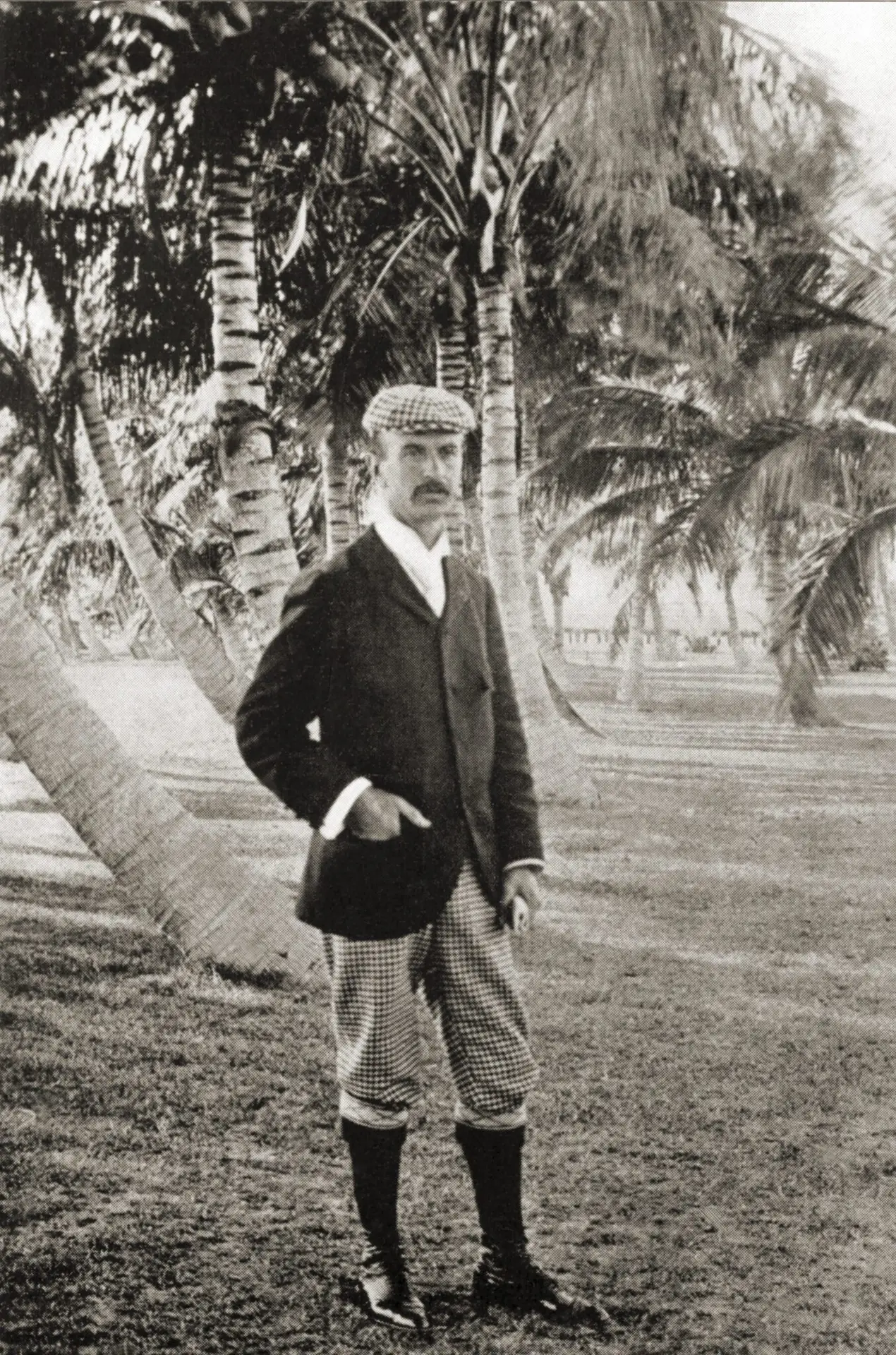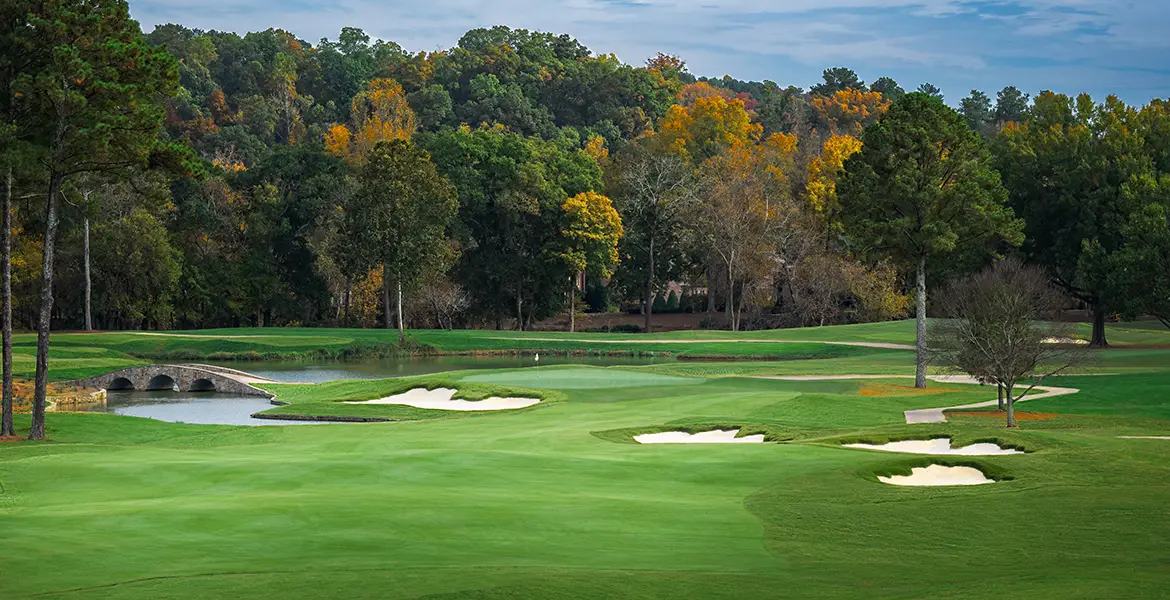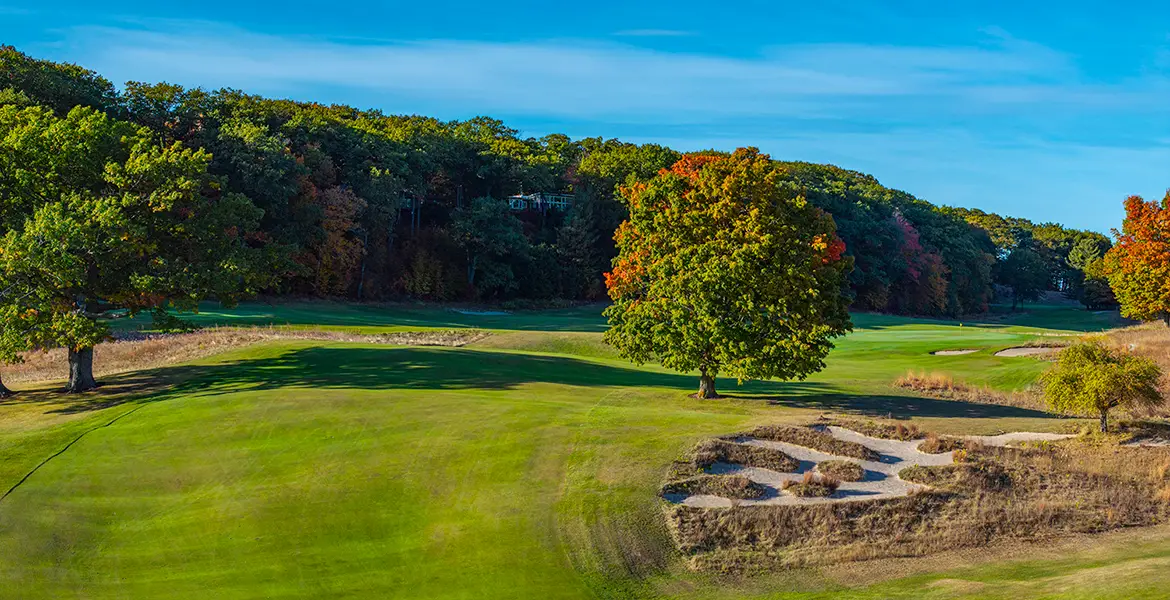Taking the farm-to-table movement a step further, community gardens let residents get their hands dirty—and savor the results
Once upon a time, people moved to golf communities for the golf. And while that’s still largely true, golf is just the starting point for living a healthy lifestyle. For those who want to till the soil with shovels instead of short irons, the latest trend is on-site farms that not only supply the property’s restaurants with the freshest fruits and vegetables but also give residents a chance to experience the joy of growing their own crops, reap the benefits of eating hyper-local produce, or just appreciate the sense of community that gardens can cultivate.

Several dozen golf communities have farms now, including Santa Lucia Preserve in Carmel, Calif. Surrounded by horse pastureland, the Hacienda Garden is situated on an acre of land near the Hacienda lodge and restaurant, a nearly century-old historic landmark and the community’s social hub. The impetus for the garden’s opening in 2015 was more ecological than agronomical, however: Maintaining the beautifully manicured event lawn it used to be made less and less sense with the state’s drought issues.
Five main field blocks grow seasonal vegetables, fruit, herbs, and cut flowers, which residents can harvest. A 30-tree orchard and raspberry patch are also a picker’s paradise. The repurposing of the land has been a big success, dovetailing nicely with Santa Lucia Preserve’s long-term commitment to conservation—90 percent of its 20,000 acres are protected in perpetuity by a land trust—and the desire for farm-fresh food.
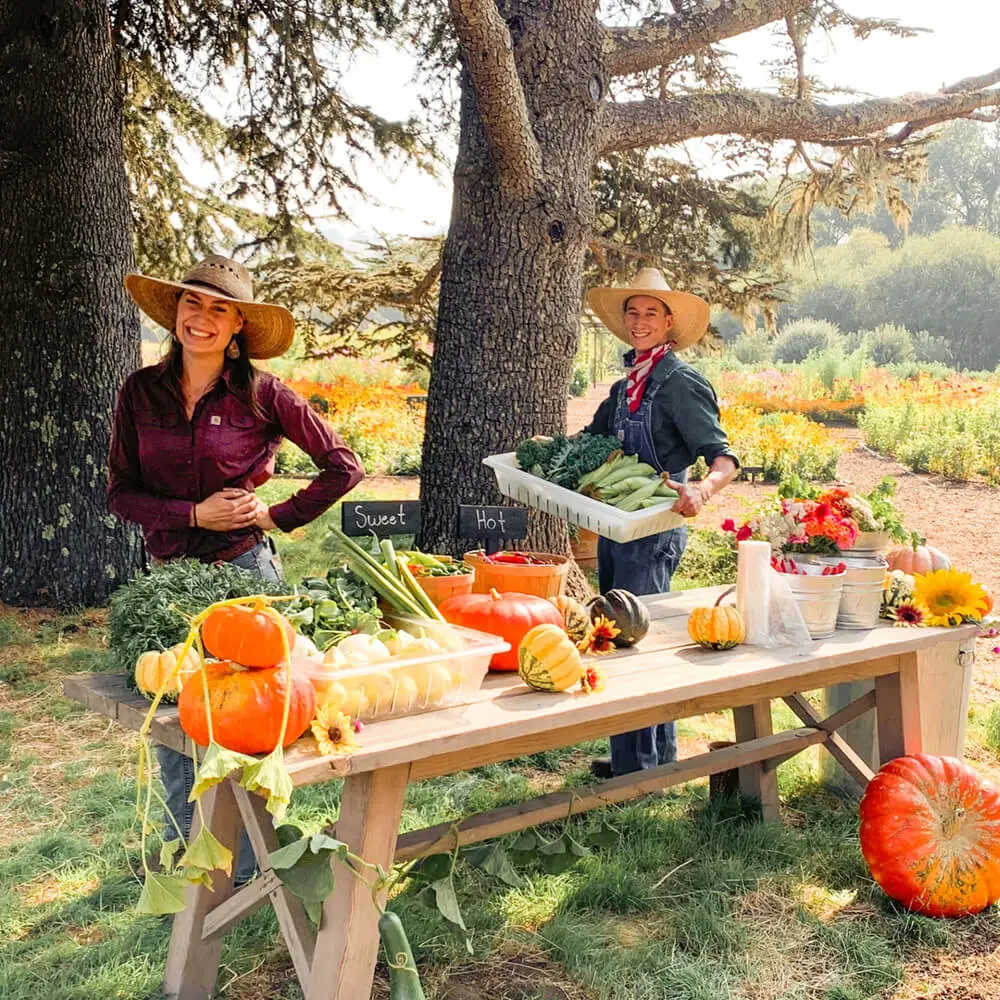
“The movement for locally sourced, healthy food has been a growing movement for years on The Preserve,” says Erin Aslanian, the landscape and garden manager. “The need for not only locally sourced foods but also sustainable farming practices resonated with both management and the membership.”
The Hacienda restaurant makes excellent use of the flowers and produce, as do community members at home, but just being in the garden with its sense of serenity has been worth it.
“It is a place where the wildness of the surrounding landscape has been tamed just enough to create a place of cultivated beauty with a nod to practicality and sustainability,” says resident Teri Goodman. “To wander among the pathways and lovely rows of flowers and vegetables in the garden is to find a sense of peace and a reassurance that the often-chaotic outside world can be put aside for a while.”

On the other side of the country, Palmetto Bluff in Bluffton, S.C., near Hilton Head, has a farm that befits the community’s 20,000 acres. What began as a small footprint in 2016 grew substantially in 2021 under new owners South Street Partners. The now 12-acre facility includes three acres of gardens, beehives, a chicken coop, a fruit orchard with 24 trees and a vineyard, and a one-and-a-half-acre event area. And that doesn’t count the 56 raised beds of varying sizes that members can rent annually to plant whatever they like with the help of farm manager Shane Rahn. The Farm also has four brick planters of flowers that bloom throughout the year, big plots filled with fruit trees, and a shed with lockers, a covered work area, and a trellis porch where residents can relax and enjoy the view.
The fall harvest at The Farm typically yields a dozen or more vegetables, including broccoli, cabbage, collards, brussel sprouts, kale, sorrel, and Swiss chard, while the spring harvest includes tomatoes, peppers, okra, corn, watermelon, and cantaloupe, among others. Fruits from the orchard include oranges, lemons, pears, and peaches, as well as pecans.
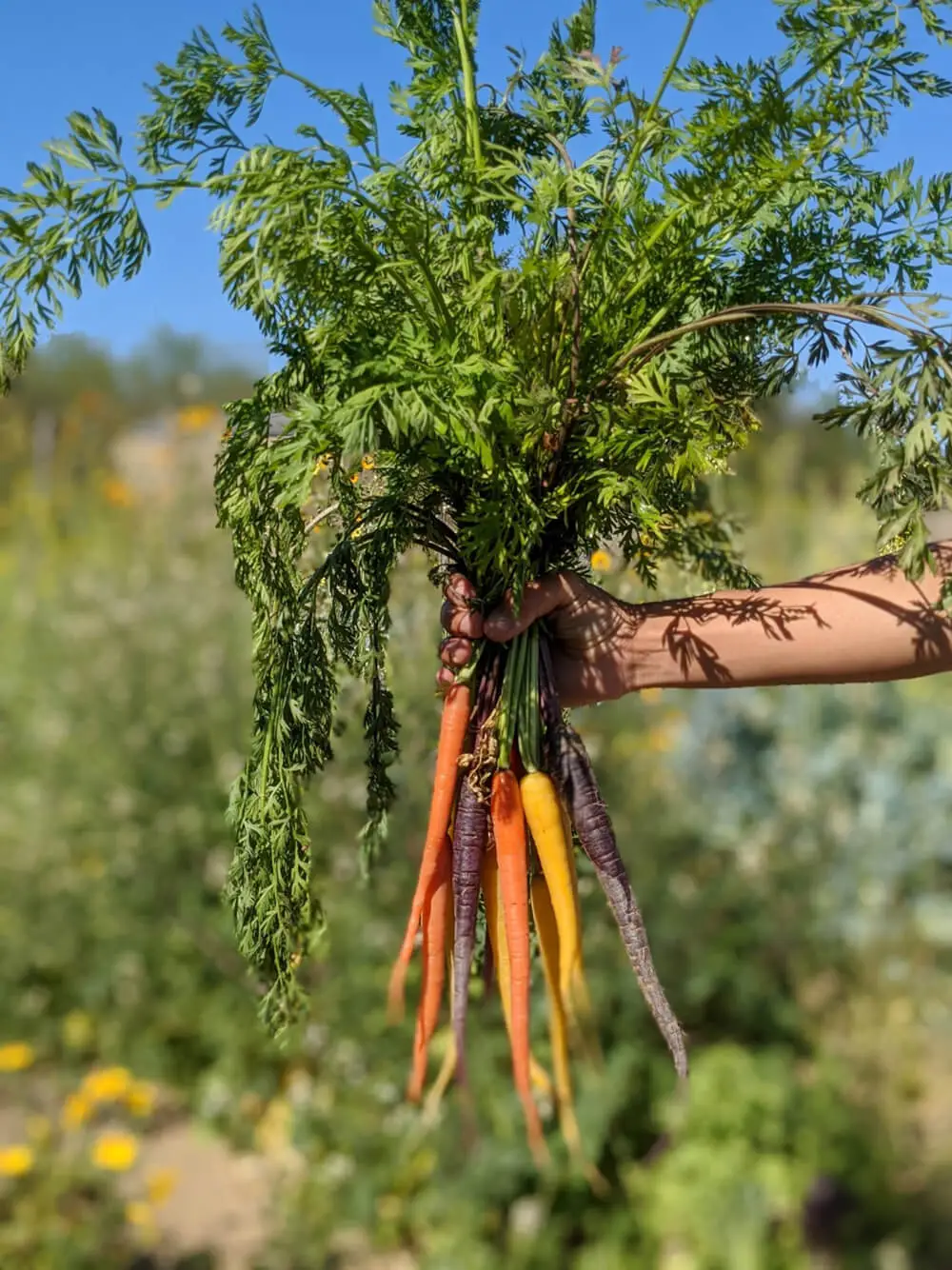
The produce highlights the menus of Palmetto Bluff Club’s four restaurants and the on-site farmer’s market, held semimonthly during summer and fall.
“It is very hard to beat the ‘homegrown’ and ‘fresh from your area’ produce,” says Rahn. Everyone feels safer eating something that they know where it came from, which is literally right around the corner. Being as sustainable as I can get, it’s fun to watch thousands of dollars’ worth of produce come to life right in front of you and not cost our culinary department a dime.”
Residents such as Shari Darling and Carrie LaCascia love the sense of satisfaction they get from volunteering. “Working on The Farm has become my favorite hobby and something I look forward to daily,” says LaCascia, to which Darling adds, “It is very rewarding to pick a tomato or pull a carrot out of the ground a few weeks after you plant the seed or have a chicken lay an egg after caring and nurturing that chick for weeks.”
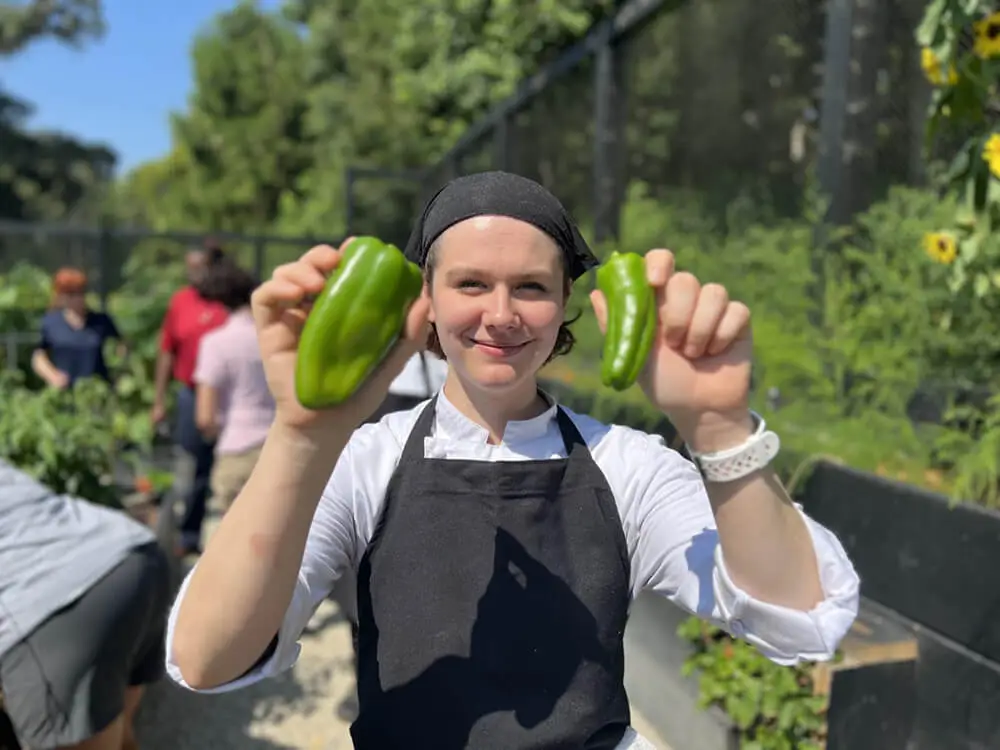
Just down the Atlantic coast, the Ford Field & River Club in Richmond Hill, Ga., has an organic farm that produces a bounty of vegetables and fruits that turns up in dishes and desserts at the community’s two restaurants. The culinary team also produces pesto, jams, pickled vegetables, chimichurri, soups, and pepper relishes sold in the Ford market. Members enjoy giving their input on the crop selection, as well as the opportunity to harvest some for personal use.
“We are in the process of expanding how much we can produce and utilize from the farm in our culinary program,” says Executive Chef Luis Young. “This is something that truly excites the membership and the culinary brigade.”
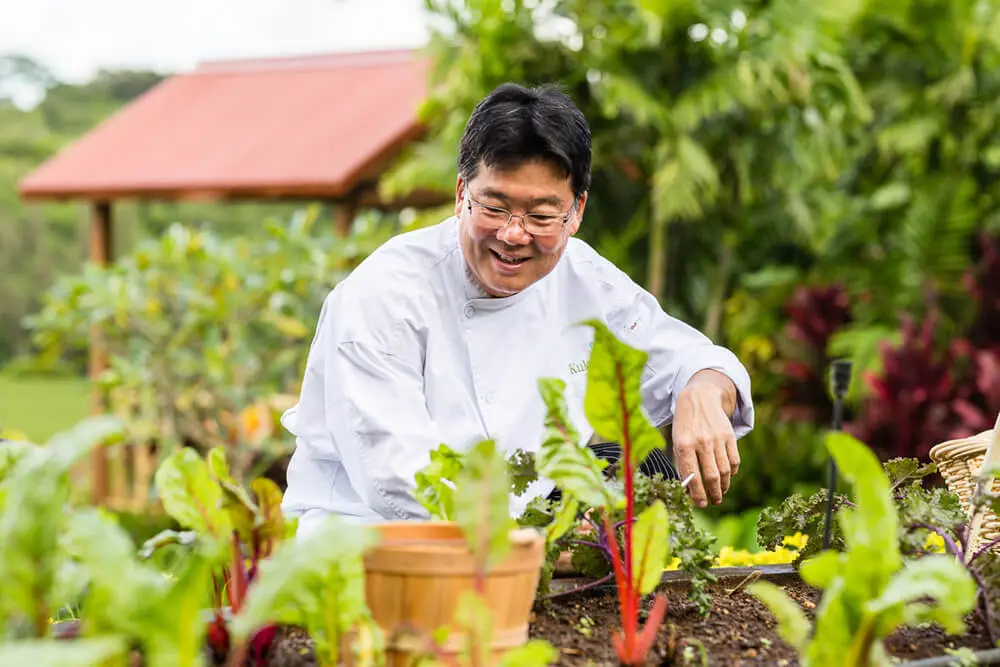
Given the lushness and beauty of Hawaii, it’s no surprise that the Aloha State is home to several golf communities that incorporate farming into their lifestyle programming. Kukui’ula, on the south shore of Kauai, has had a 10-acre organic farm with 50 raised garden beds since the community’s inception in 2010. The Members Garden allows residents to harvest their own produce and supplies the complementary produce stand near the clubhouse, while the Chefs’ Garden grows specific items for use in the restaurants. A myriad of tropical flowers and fruit trees, including bananas, papayas, mangoes, lilikoi, and others, surround the beds. Fruit trees also line just about every hole on the Tom Weiskopf-designed golf course, where golfers are welcomed to snack on anything ripe they come across during their rounds (rinsing is encouraged since the fruit is exposed to the chemicals used in course maintenance).
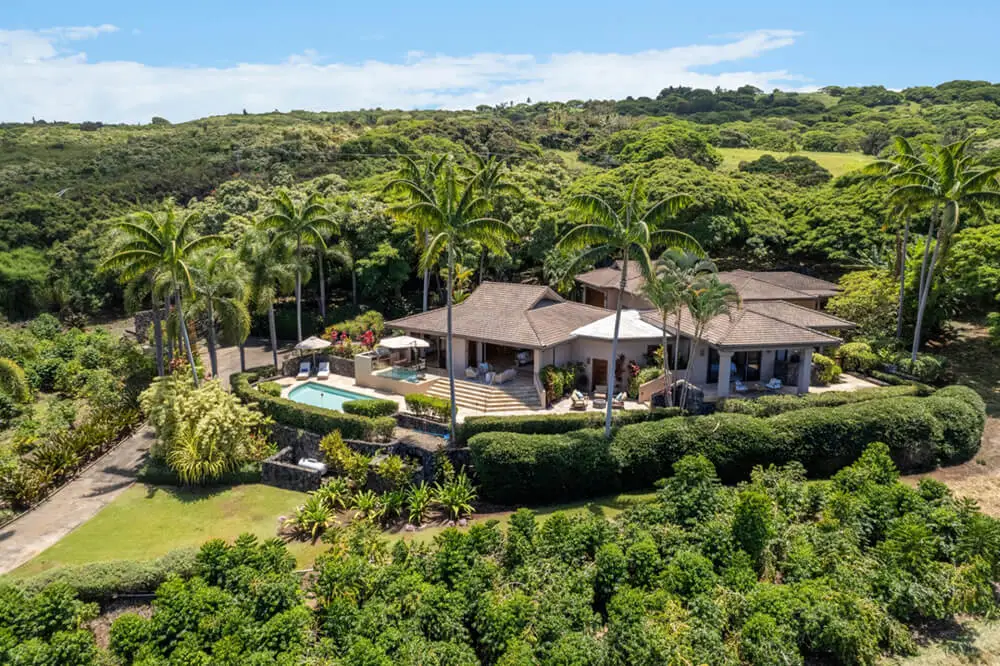
“It’s a perfect climate to grow fruits and vegetables,” says Brian Hallberg, the general manager of the Club at Kukui’ula. “A lot of communities are trying to retrofit farms in, but this is something we’ve always done. It’s a big part of how people dine here. Being able to incorporate food from our land into our dishes is a very romantic story to tell.”
That romance is perhaps greatest on the Big Island of Hawaii at Hokuli’a, where each home is a farm unto itself. Located about five minutes south of Kailua-Kona, the land has a rich agricultural past producing coffee, and most residents grow crops on their acre-plus lots, primarily fruit trees like mangoes to pay homage to the history, not to mention to get a nice tax break.
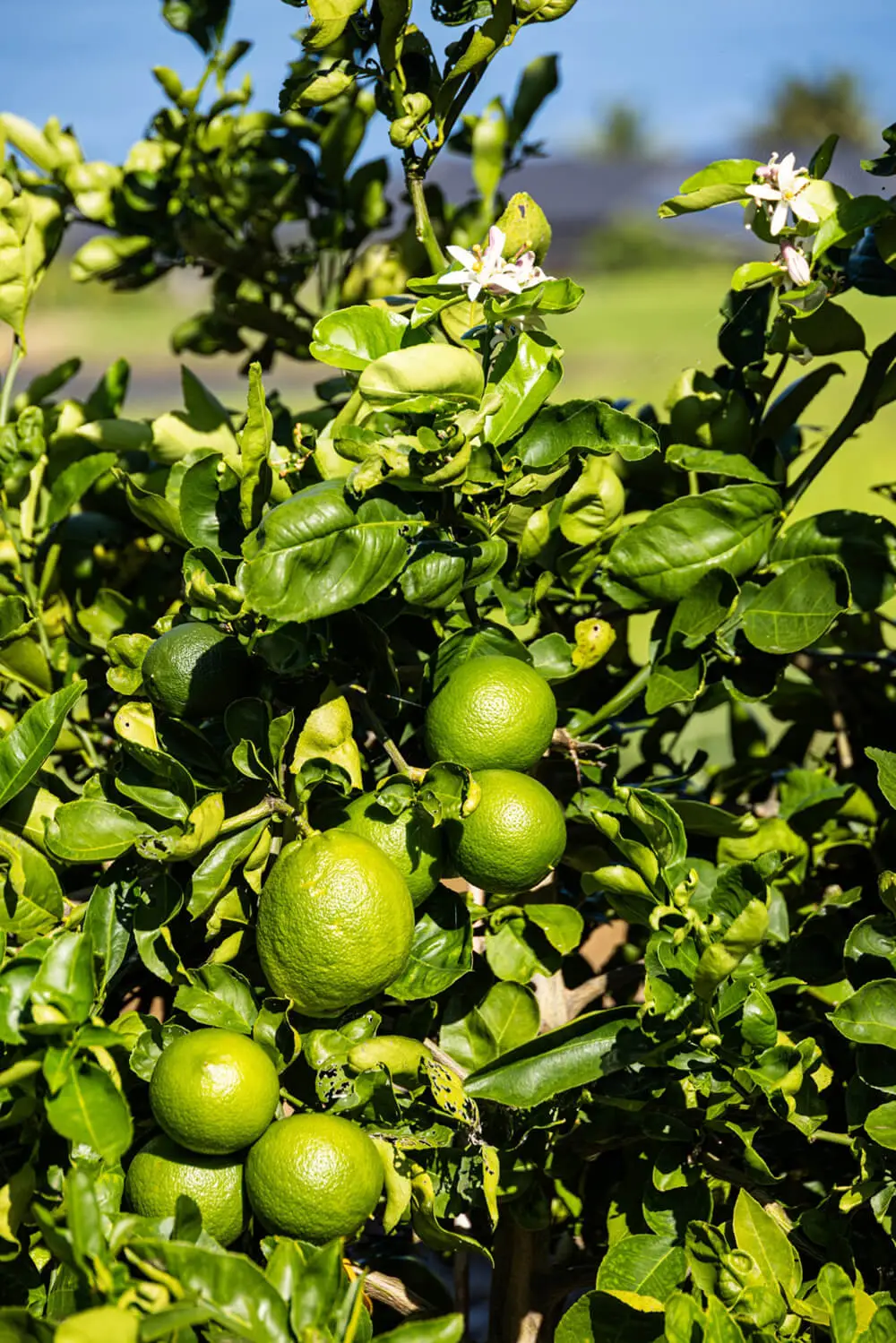
The main restaurant makes great use of some of the fruit—banana bread is a daily delectable—but much of it is sold to a nonprofit co-op that resells it. Resident Bill Adams sold 700 pounds of mangoes to the nonprofit last year. He has 90 mango trees on his acre property, as well as avocado, orange, banana, and others.
Picking fresh fruit in his backyard is as much a part of his daily routine as his walk with his wife and dogs. He also enjoys the labor of his fruit. “I don’t want to play golf every day,” he says. “I need something else to do. It gets me out of the house and away from the phone.”
Thank you for supporting our journalism. If you prefer to read in print, you can also find this article in our 2024 Premier Properties Guide.


